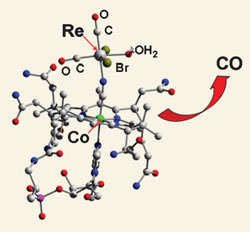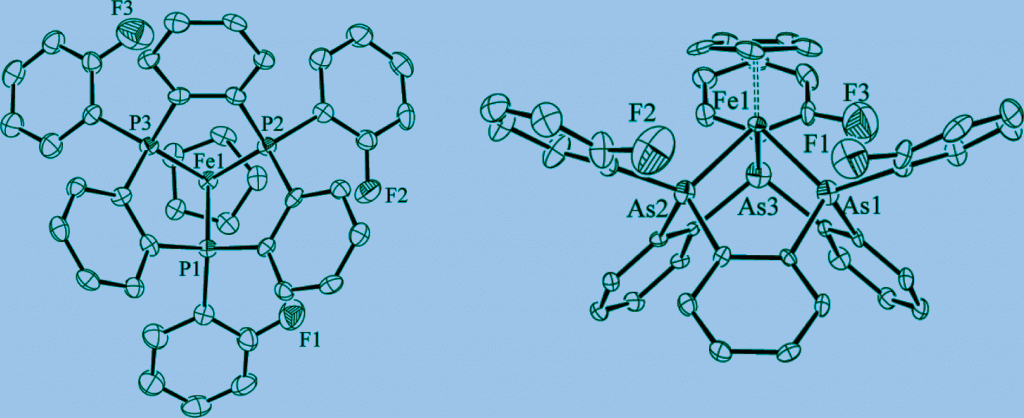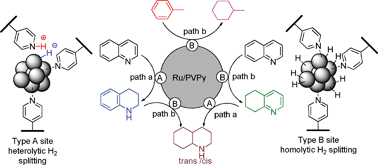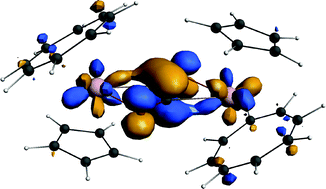 If you’d like to find out about the recent 5th EuCheMS Conference on Nitrogen Ligands in Granada then take a look at the blog posts of Denise Parent, Managing Editor of NJC:
If you’d like to find out about the recent 5th EuCheMS Conference on Nitrogen Ligands in Granada then take a look at the blog posts of Denise Parent, Managing Editor of NJC:
Denise Parent’s ‘Editors Picks’ of the meeting include work by Joost Reek, Sandeep Verma, Roland Sigel and Hideki Masuda, find out more by reading some of their recent publications:
Pincer ligands with an all-phosphorus donor set: subtle differences between rhodium and palladium
Richard C. Bauer, Yann Gloaguen, Martin Lutz, Joost N. H. Reek, Bas de Bruin and Jarl Ivar van der Vlugt
Dalton Trans., 2011, 40, 8822-8829
Carbene insertion into transition metal–carbon bonds: a new tool for catalytic C–C bond formation
Nicole M. G. Franssen, Annemarie J. C. Walters, Joost N. H. Reek and Bas de Bruin
Catal. Sci. Technol., 2011, 1, 153-165, Perspective
Photophyical properties of ligand localized excited state in ruthenium(II) polypyridyl complexes: a combined effect of electron donor–acceptor ligand
Sandeep Verma, Prasenjit Kar, Amitava Das and Hirendra Nath Ghosh
Dalton Trans., 2011, DOI: 10.1039/C1DT10266D













 A new system, using a solid state catalyst, to remove impurities from petroleum has been developed by US scientists.
A new system, using a solid state catalyst, to remove impurities from petroleum has been developed by US scientists. Read this Dalton Transactions Hot article to find out about how uranium can reductively couple carbon monoxide, an interesting reaction in Fischer-Tropsch chemistry.
Read this Dalton Transactions Hot article to find out about how uranium can reductively couple carbon monoxide, an interesting reaction in Fischer-Tropsch chemistry.
 Read Leonard Lindoy’s latest supramolecular host-guest formation research in this Dalton Transactions Hot article.
Read Leonard Lindoy’s latest supramolecular host-guest formation research in this Dalton Transactions Hot article. In this Dalton Transactions Hot article Andrew Burrows and Frank Marken and colleagues from the University of Bath make MOFs of zincII and aluminiumIII dicarboxylate frameworks with covalently attached ferrocene functional redox groups.
In this Dalton Transactions Hot article Andrew Burrows and Frank Marken and colleagues from the University of Bath make MOFs of zincII and aluminiumIII dicarboxylate frameworks with covalently attached ferrocene functional redox groups.![Co(III) sarcophagine and p-sulfonated calix[4]arene supermolecules](http://www.rsc.org/ej/DT/2011/c1dt10550g/c1dt10550g-f1.gif) In this Dalton Transactions Hot article Colin Raston and collaborators from the University of Western Australia and the University of Malaya look at CoIII sarcophagine-type cage molecules.
In this Dalton Transactions Hot article Colin Raston and collaborators from the University of Western Australia and the University of Malaya look at CoIII sarcophagine-type cage molecules.